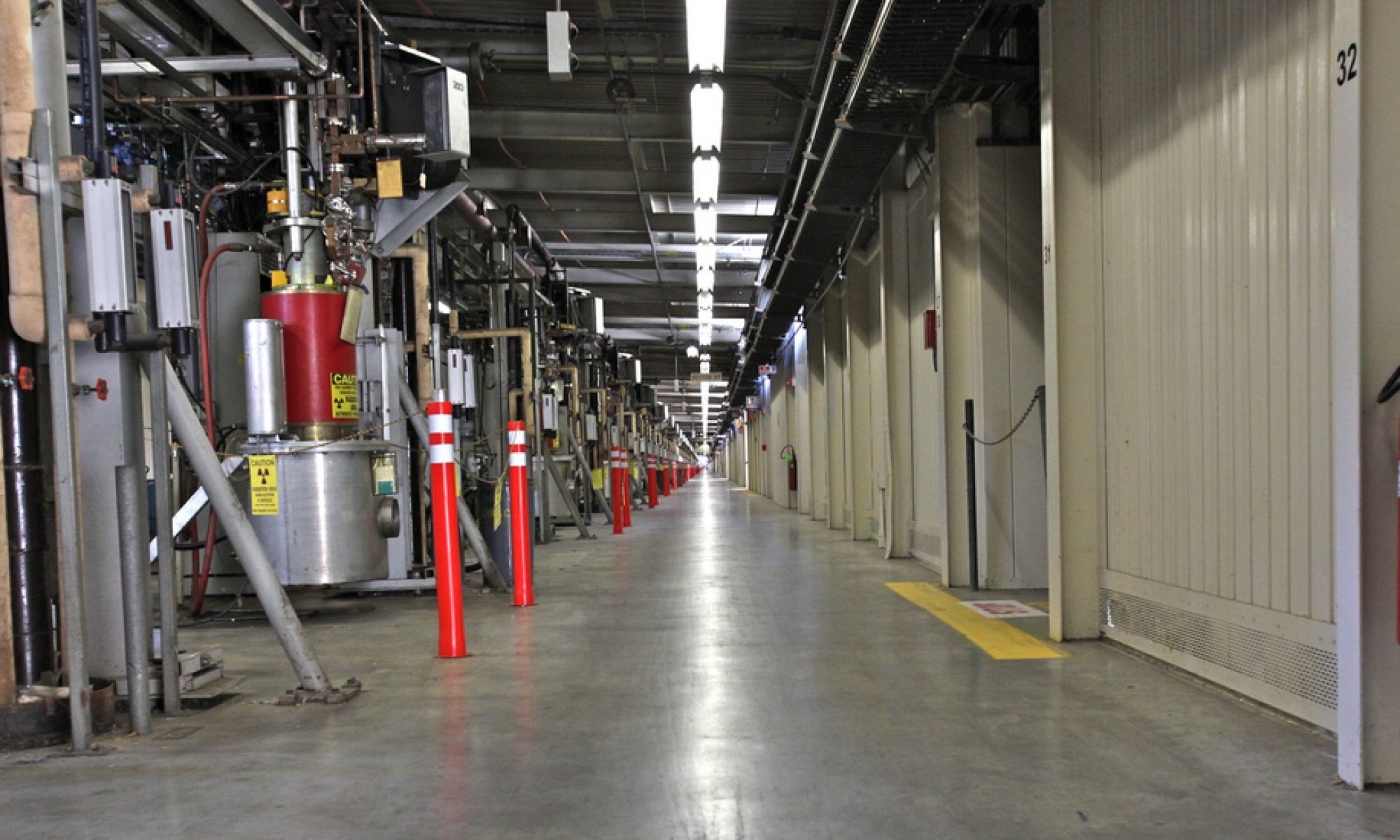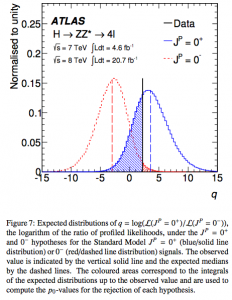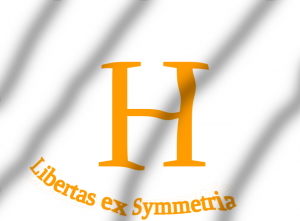I find thunderstorms fascinating. They terrify me. But when I think about them – about the physics of the storm itself – they delight me with their beauty.
From my present vantage, about 30,000 feet above the Earth in a Southwest Airlines flight, I have a unique perspective on one big storm between New Mexico and Texas. We’re skirting the storm on its southern side. The scale of the system is deceptive. From where I sit, the lightning flashes inside the clouds, or between the clouds, seem as flickering fluorescent lightbulbs in need of replacement.
Yet, each of those flashes represents the complete breakdown of air between two points in space, the molecules of water, nitrogen and oxygen ripped apart by the electric field filling the space between what will become the origin and destination of the lightning strike. Once pulled apart and stripped of electrons, the air becomes a plasma – a cloud of ions and one of nature’s most perfect conductors. This is the end for air – and a great burst of light erupts in the electric field as photons are sprayed during the ionization process. Photons, those quanta of the electromagnetic field, free stream from the clouds to my eyes, where they seem to be from but a distant and harmless flicker.
Some of the lightning strikes are muted flashes in the clouds, their ferocity cloaked by thick curtains of water vapor. Others are clear and jagged streaks in the sky, a naked wire hanging in space for a tenth of a second and glowing as bright as the sun. I can imagine the great magnetic fields generated by these lines of electric current, the interplay of Maxwell’s Equations written in the sky as moving electric charge generates magnetic fields. Those magnetic fields are touching the skin of our aircraft, inducing eddy currents in the plane’s surface. Current makes magnetic field, and changing magnetic field makes current. Faraday would be pleased.
The electric fields required to rip apart air and water are vast, and the energy released in the breakdown is immense. On the ground, such energy is capable of splitting whole trees in half as they seek the ground, on their way vaporizing liquid water in plants and blowing apart the cells that form the building blocks of the unfortunate tree. I am trying not to think about what such a strike would do to the engines of a jet.
The storm recedes behind us, its passing in relative motion behind us a harbinger of storms to come to West Texas, and perhaps even to Dallas. The fate of this weather system is hard to predict, depending on too many variables. Somehow, the complex interplay of water and ice that gave rise, through friction and the beautifully named “triboelectric effect”, to the show of lightning and thunder seems less difficult to understand than the dynamics and movement of this entire storm system. Either way, I am delighted to have seen it, and delighted that it’s behind us.


